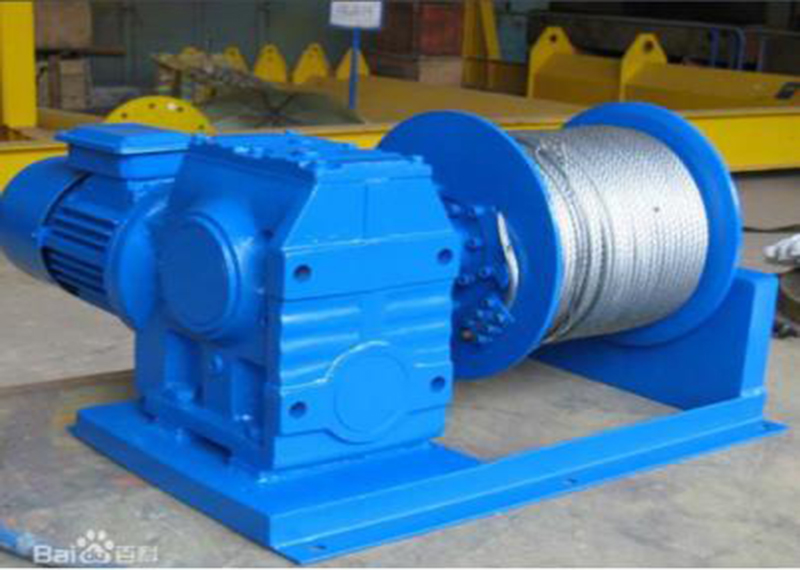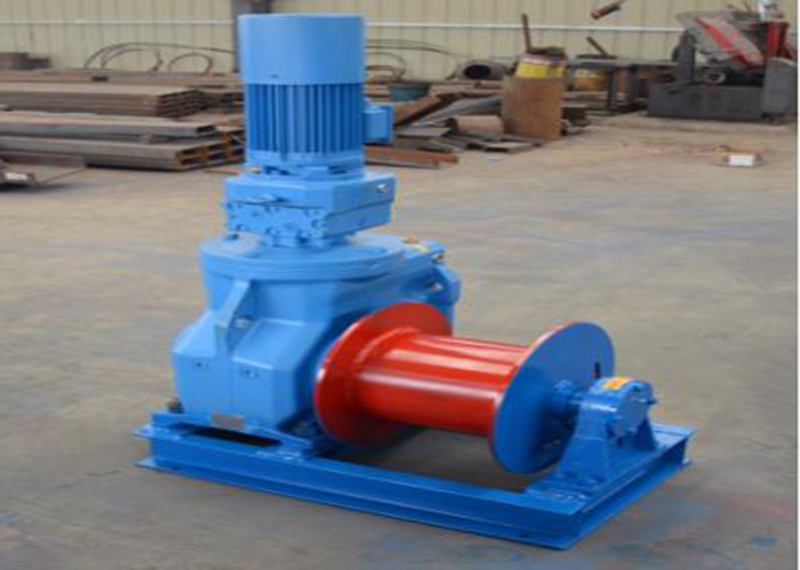
Precaution the fixing and layout of electric winch on the ground?
A winch is a small and light lifting device that uses a drum to wind a steel wire rope or chain to lift or tow heavy objects, also known as a winch. The winch can lift heavy objects vertically, horizontally or tilt. There are three types of winches: manual winches, electric winches and hydraulic winches. Now mainly electric winches can be used alone or as a component of machinery such as lifting, road construction and mine hoisting. It is widely used because of its simple operation, large rope winding volume and convenient displacement. Mainly used in construction, water conservancy projects, forestry, mines, docks, etc. for material lifting or flat towing.

Electric winch fixing
The winch must be fixed with ground anchors to prevent slipping or overturning during work. According to the amount of force, the fixed winch has four fixing methods: bolt anchoring method, horizontal anchoring method, pile anchoring method and weight anchoring method.
The layout (i.e. installation position) of the hoist should pay attention to the following points:
(1) There must be unblocked drainage around the installation location of the hoist and a work shed should be set up;
(2) The installation position of the winch should enable the operator to see clearly the commander and the lifting or dragging object. The horizontal distance from the hoist to the installation position of the component should be greater than the installation height of the component, that is, when the component is hoisted to the installation position, the elevation angle of the operator's line of sight should be less than 45°;
(3) A guide block should be set directly in front of the hoist. The distance from the guide block to the axis of the drum, the grooved drum should not be less than 15 times the drum width, that is, the inclination angle α should not be greater than 2° (Figure 14-19), The grooveless reel should be greater than 20 times the width of the reel to avoid excessive wear of the wire rope and the groove edge of the guide pulley;
(4) The direction of the wire rope winding into the drum should be perpendicular to the axis of the drum, and the allowable deviation of the verticality is 6°. In this way, the wire rope loops can be arranged neatly, and will not be slanted and squeezed.


